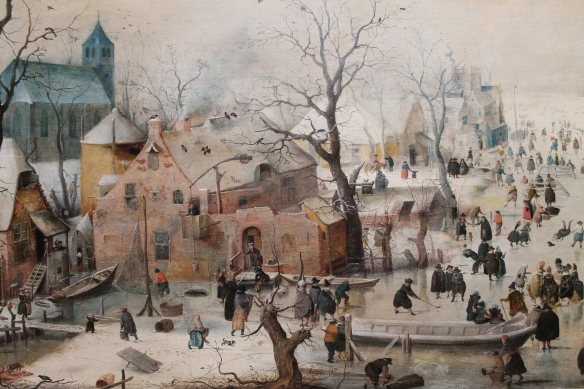

The primary reason for my trip was to visit the Rembrandt exhibition at the Rijksmuseum. Weeks earlier I had purchased my ticket online, so I was all set to go.
Sunday morning was glorious. While church bells pealed across the city, I strolled the near-empty streets in search of a place for breakfast. Compared to Paris which was, and still is, in the grips of a pollution alert, the air was fresh, cold and clean. The cawing of gulls overhead reminded me that the sea is not far away. Like Venice, Amsterdam is a watery city comprising a river, a major seaport, and over 100 kilometres of canals. It connects to the North Sea via the North Sea Canal.

by Janwillemvanaalst
The Cold Pressed Juicery makes the tastiest and healthiest raw food, cold pressed juices and superfood smoothies. I grabbed a protein bar and a banana smoothie made with coconut, dates, tahini, brazil nuts, cacao, bee pollen, maca, chia seeds, vanilla, cinnamon and cashew milk. Yummy (and filling.)
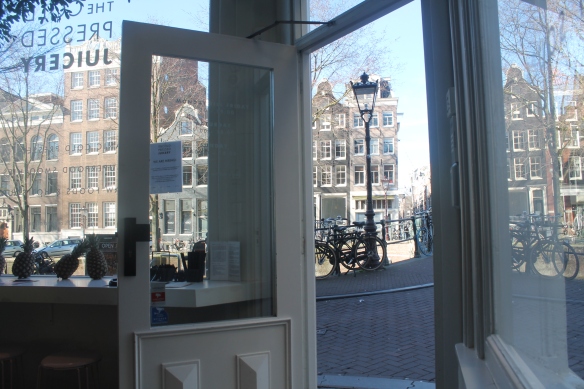
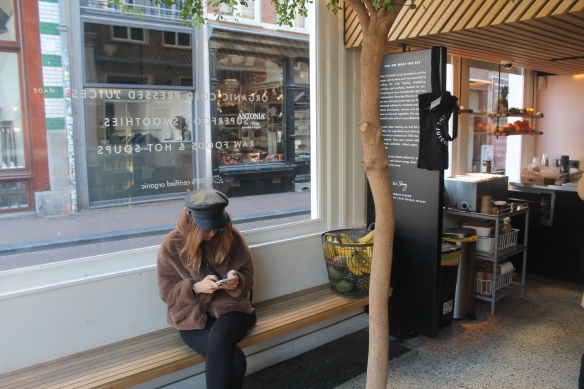
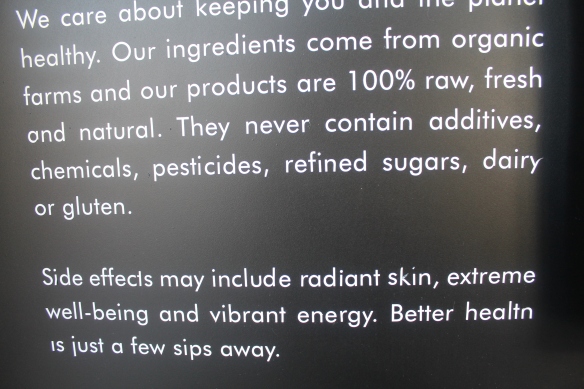
Then I walked northwards to spend the entire afternoon at the Rijksmuseum.
For Art Nouveau and Art Deco fans, there are fabulous examples all over Europe. Walking tours are popular, and one day I will partake in one, probably in Belgium; Brussels is an important Art Nouveau center. Here’s the Gunters & Meuser building, constructed in 1917 in the Amsterdam School style of architecture (1915-1940).


Here are two random examples of Art Nouveau glass art (above and below), inspired by natural forms and structures, as well as the curved lines of plants and flowers. It amazes me that this prized example below is unprotected and accessible to all right out in the street, as if it were a trivial door, an inconsequential gate.

Art Nouveau is a total art style. Most popular between 1890 and 1910, it embraces a wide range of fine and decorative arts, including architecture, painting, graphic art, interior design, jewelry, furniture, textiles, ceramics, glass art, and metal work.
The art movement had its roots in Britain, in the floral designs of William Morris, and in the Arts and Crafts movement founded by the pupils of Morris.

By 1910, Art Nouveau was already out of style. It was replaced as the dominant European architectural and decorative style, first by Art Deco and then by Modernism.










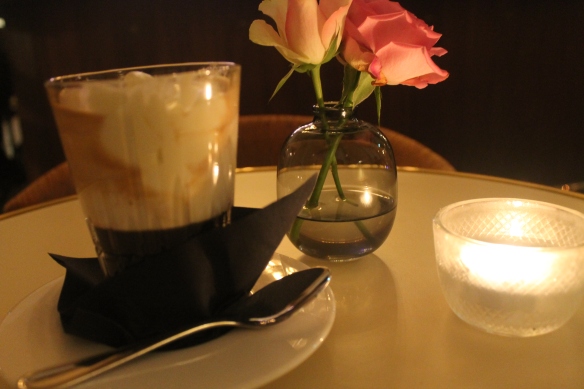




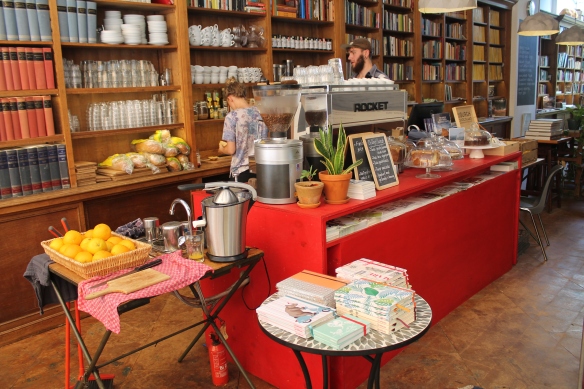



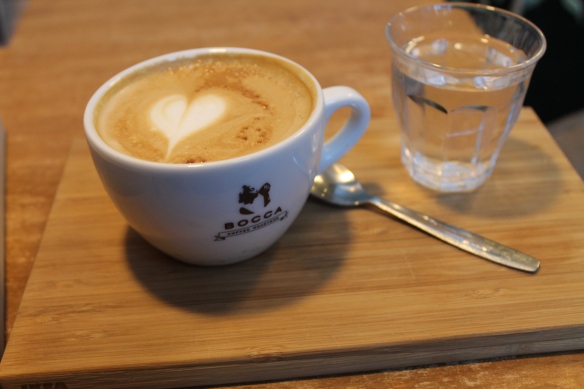



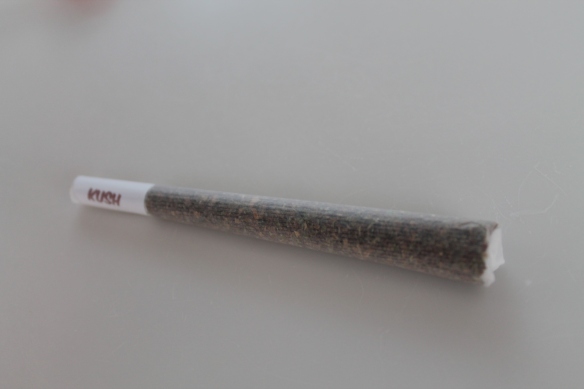



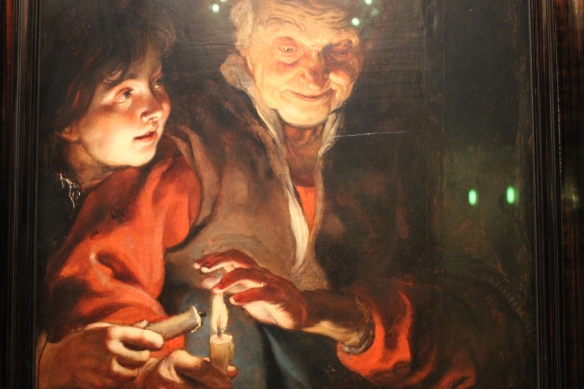



















 Portrait of Feyntje van Steenkiste by Frans Hals, 1635
Portrait of Feyntje van Steenkiste by Frans Hals, 1635 Look at this magnificent cabinet veneered with tortoiseshell and ivory.
Look at this magnificent cabinet veneered with tortoiseshell and ivory.



